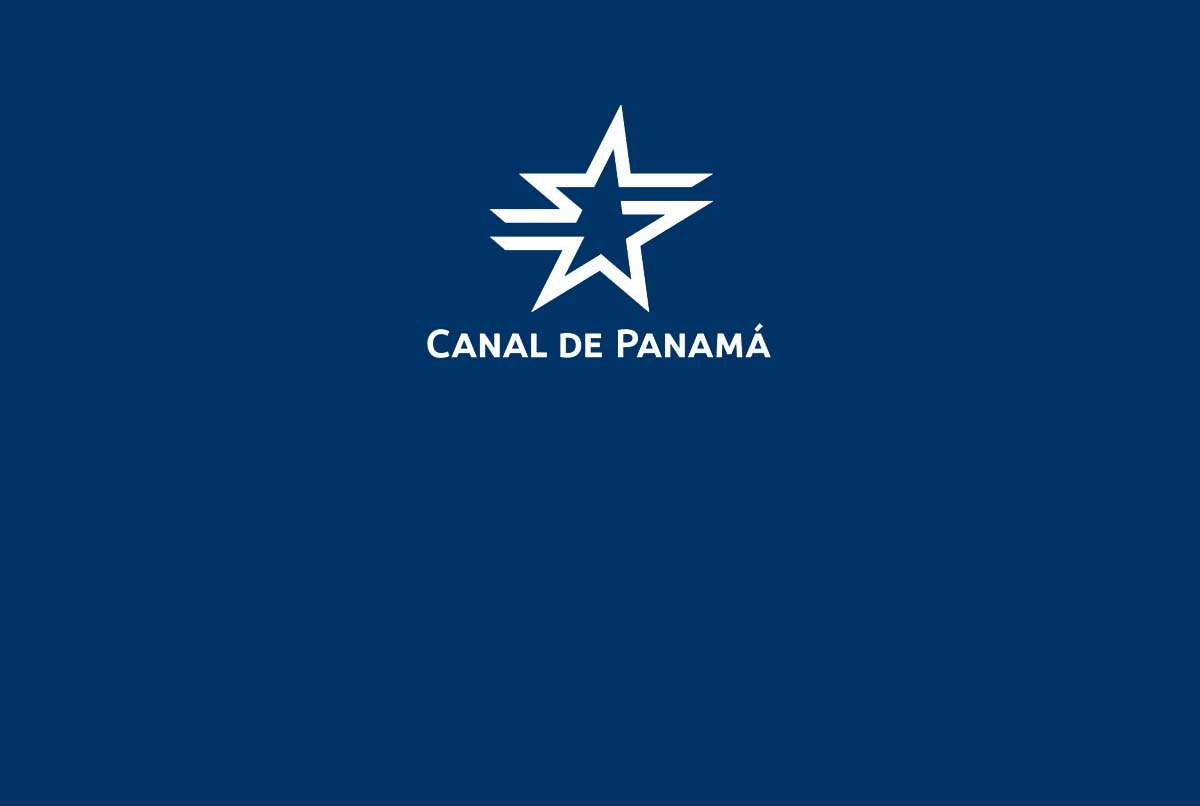Panama City, Panama, August 8, 2017 –The Cabinet Council of the Republic of Panama officially approved a proposal to modify the Panama Canal tolls structure, following a recommendation from the Panama Canal Authority (ACP) Board of Directors.
The approved proposal will better facilitate the Canal’s goal of providing outstanding service and reliability to the global shipping and maritime community, while allowing the ACP to safeguard the competitiveness of the waterway.
After a thorough analysis of the current utilization and productivity of the Neopanamax Locks, and after meetings with Panama Canal executives, customers and industry representatives in Europe, Asia and North America, the proposed tolls modifications were officially announced on June 1, 2017. This was followed by a formal consultation period to ensure all interested parties could provide feedback for consideration.
Next, on July 5, 2017, the Panama Canal held a public hearing to discuss the tolls structure modifications proposal, where the ACP received written comments from 12 representatives of associations, shipping lines and shippers—three of which presented comments in person at the hearing. All comments received were then carefully evaluated and analyzed.
The approved tolls modifications are scheduled to go into effect on October 1, 2017, at the beginning of the Canal’s fiscal year.
For the containership segment, the approved tolls structure offers more attractive rates per loaded containers on the return voyage, applicable only to Neopanamax vessels deployed on the Canal route in the head and back haul legs, and when: (1) the utilization rate of the northbound transit is higher or equal to 70 percent, and (2) the time lapse between the northbound and the southbound transit is not greater than 28 days. In order to promote the use of the services provided within Panama’s logistics hub, any additional days that the vessel requires to perform port-related activities in the Panamanian terminals will not add to the 28- day period. The ACP’s tolls proposal had originally set 25 days as the maximum time lapse for the return voyage. After evaluation of the comments received during the consultation period, it was decided to extend this time frame to 28 days.
Additionally, the new structure modifies the tolls charged to liquefied natural gas (LNG) and liquid petroleum gas (LPG) vessels, which will be set at the levels presented in the original tolls proposal. This decision was made after a careful analysis of the impact of the proposed increases in the supply chain and final user.
Finally, container/breakbulk vessels—formerly part of the others market segment—will be reclassified into the general cargo segment, thus resulting in more attractive tariffs for customers in this category.
For more details, please refer to the following website: http://www.pancanal.com/peajes/.
About the Panama Canal Authority
The Panama Canal is run by an autonomous agency of the Government of Panama in charge of managing, operating and maintaining the Panama Canal. The operation of the Panama Canal Authority (ACP) is based on its organic law and the regulations approved by its Board of Directors. For more information, please refer to the ACP’s website: http://www.pancanal.com or follow us on Twitter @thepanamacanal.
About the Panama Canal Expansion
The Panama Canal Expansion is the largest enhancement project since the Canal’s opening in 1914. Considered and analyzed for a decade with more than 100 studies, the Expanded Canal provides the world’s shippers, retailers, manufacturers and consumers with greater shipping options, better maritime service, enhanced logistics and supply-chain reliability. The Expansion included the construction of a new set of locks on the Atlantic and Pacific sides of the waterway, creating a third lane of traffic and doubling the cargo capacity of the waterway. While the expanded locks are 70 feet wider and 18 feet deeper than those in the original Canal, they use less water due to water-savings basins that recycle 60 percent of the water used per transit. In line with its commitment to customer service, the Panama Canal will continue to provide the world with value for another century and beyond.




